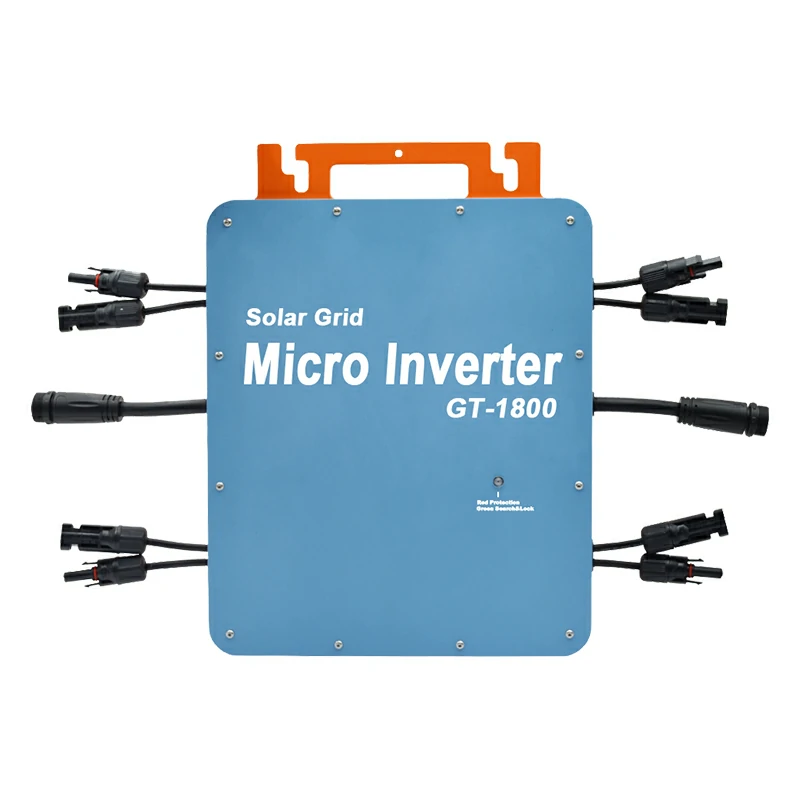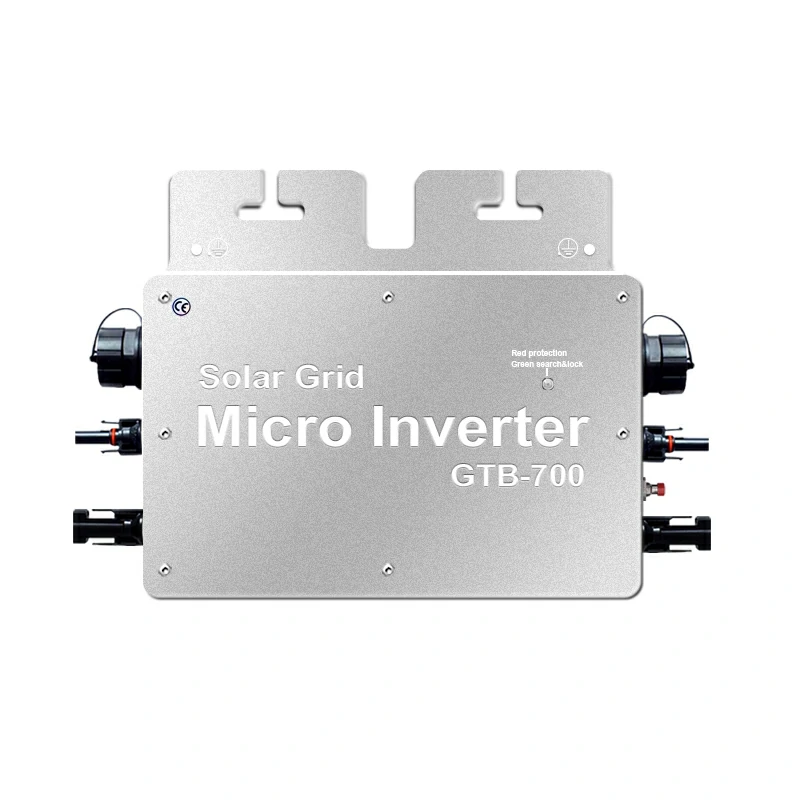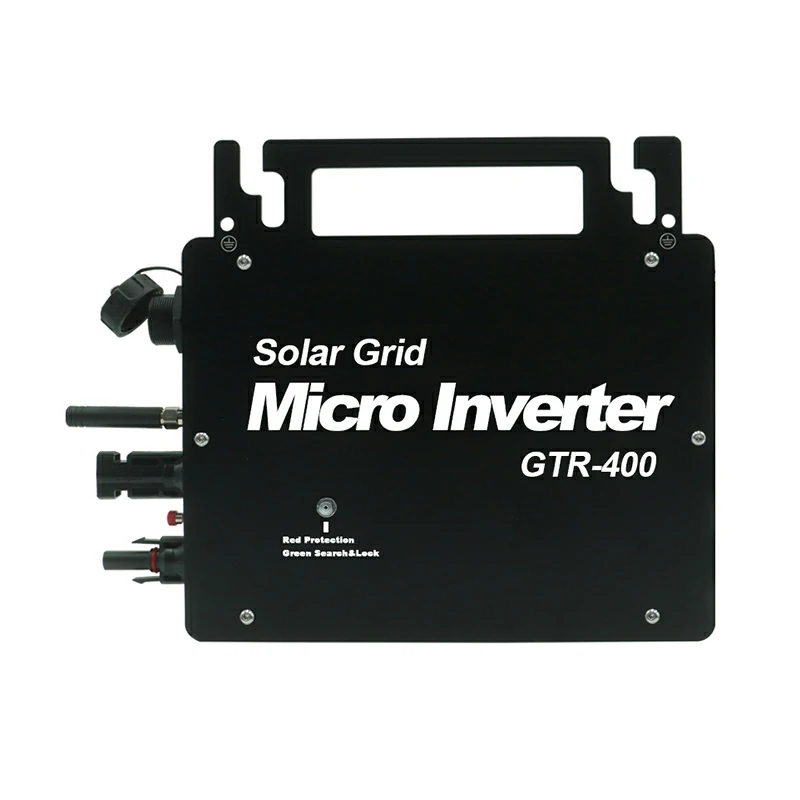Introduction
In solar power systems, optimizing energy harvesting is crucial for maximizing the efficiency and output of photovoltaic installations. Understanding the role of micro inverters becomes paramount for users navigating shaded rooftops or complex orientations. This article delves into how micro inverters, offered by leading manufacturers in the industry, revolutionize energy harvesting under challenging conditions.
Understanding Micro Inverters
Unlike traditional grid-connected inverters, micro inverters operate at the individual panel level. This means each solar panel has a micro inverter, enabling independent operation and optimizing performance even in partially shaded environments. This contrasts with grid-connected inverters, which collectively manage the entire array’s output, potentially leading to performance losses when one panel is shaded.

Challenges of Shaded and Complex Rooftop Installations
Shaded rooftops present significant challenges to solar energy systems. Trees, nearby buildings, and even chimneys can cast shadows that reduce the efficiency of solar panels. Traditional string inverters are particularly vulnerable to shading effects because the performance of the shaded panel limits the entire string’s output. In contrast, micro inverters mitigate these issues by ensuring that each panel operates at its maximum potential independent of others.
How Micro Inverters Optimize Energy Harvesting
Micro inverters employ advanced Maximum Power Point Tracking (MPPT) algorithms at the individual panel level. This technology allows each panel to adjust its operating point continuously to maximize power output, even when shaded. By contrast, traditional string inverters can only optimize based on the least performing panel in the string, thereby reducing overall efficiency in shaded conditions.
In addition to MPPT capabilities, micro inverters enhance system reliability by isolating the impact of shading on individual panels. If one panel is shaded, the others can still operate optimally, ensuring consistent energy production throughout the day.
Technical Benefits of Micro Inverters
Apart from optimizing energy harvesting in shaded environments, micro inverters offer several technical advantages:
- Enhanced Performance: Each panel operates independently, minimizing losses due to shading or panel mismatch.
- Flexibility in Design: Ideal for irregularly shaped or complex rooftops where traditional string inverters may struggle.
- Improved Monitoring: Micro inverters often come with advanced monitoring capabilities, allowing users to track the performance of each panel individually.
- Longevity and Maintenance: Distributed architecture reduces wear and tear on components compared to centralized inverters, potentially extending the system’s lifespan.
Micro inverters are engineered by reputable manufacturers who prioritize innovation and reliability in solar technology. Their products are designed to integrate seamlessly with various panel configurations and installation types, ensuring optimal performance in diverse environmental conditions.
Economic Considerations and Practical Tips
Economic Considerations
When considering micro inverters for shaded or complex rooftops, initial costs may be higher than traditional string inverters. However, the long-term benefits often outweigh the upfront investment:
- Increased Energy Production: Micro inverters maximize energy harvesting, leading to higher overall energy yield over the system’s lifetime.
- Maintenance Savings: Enhanced monitoring and individual panel optimization can minimize maintenance costs compared to string inverters.
- Return on Investment (ROI): Many users find that micro inverters’ improved performance and reliability justify the initial cost premium through energy savings and potential incentives.
Practical Tips for Buyers
Choosing the suitable micro inverter involves assessing specific rooftop conditions and system requirements:
- Evaluate Shading: Understand the extent and patterns of shading on your rooftop to determine how micro inverters can mitigate these effects.
- Select Manufacturer: Research reputable micro inverter manufacturers known for reliability, performance, and customer support.
- Consider System Size: To optimize performance, ensure the micro inverter’s capacity matches your solar panel array.
- Installation and Warranty: Verify installation requirements and warranty coverage to safeguard your investment and ensure long-term reliability.
Conclusion
Micro inverters represent a significant advancement in solar technology, particularly beneficial for users facing shading or complex rooftop challenges. Micro inverters ensure consistent and efficient power production, even under less-than-ideal conditions, by optimizing energy harvesting at the individual panel level. When choosing micro inverters, consider both the technical benefits and economic factors to make an informed decision that maximizes the return on your solar investment.
For more information on micro inverters and personalized recommendations, consult a qualified solar energy provider or installer. They can offer tailored solutions based on your rooftop characteristics and energy goals.




